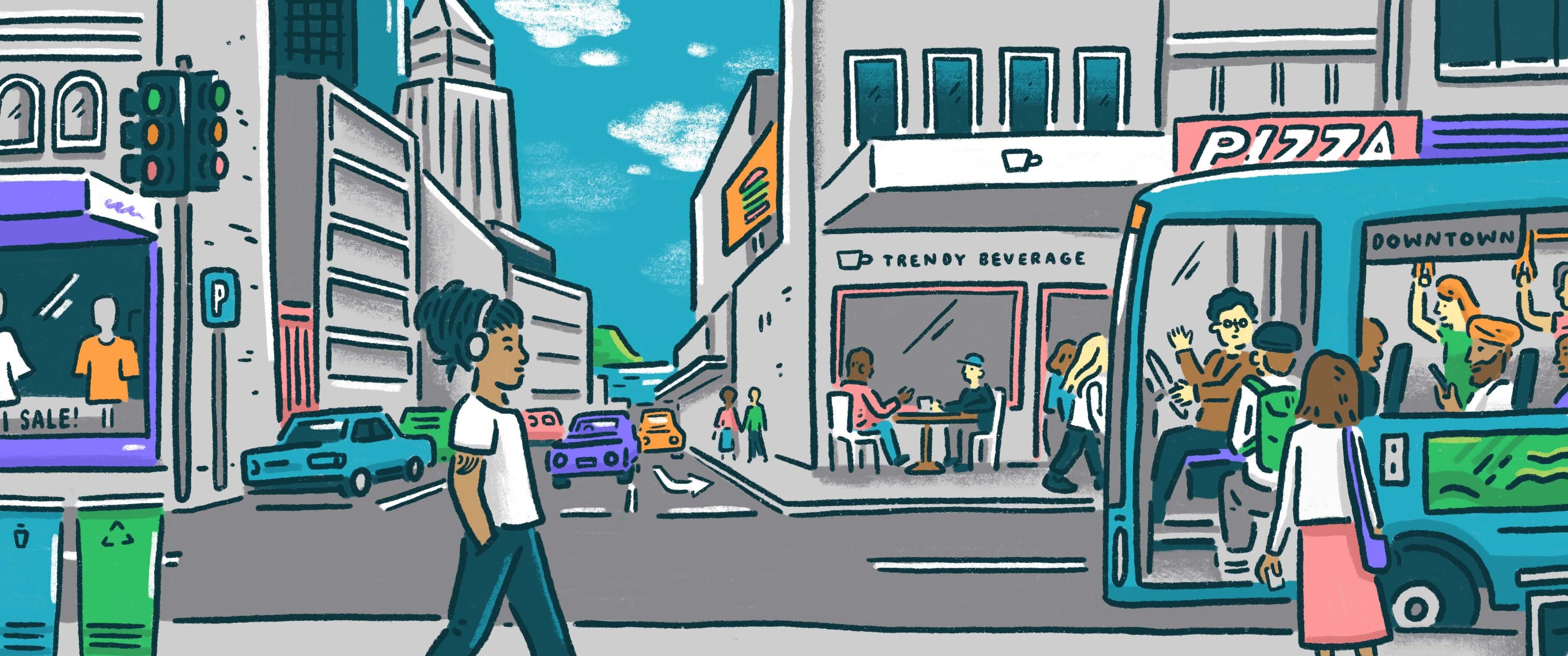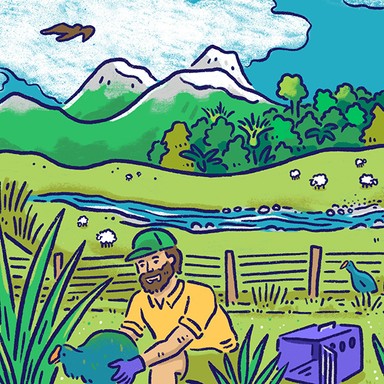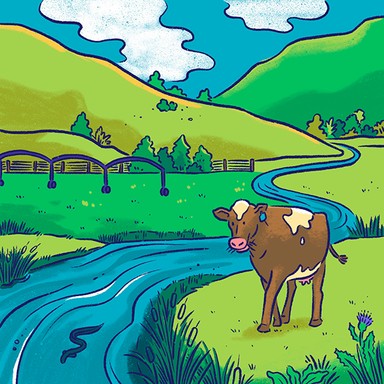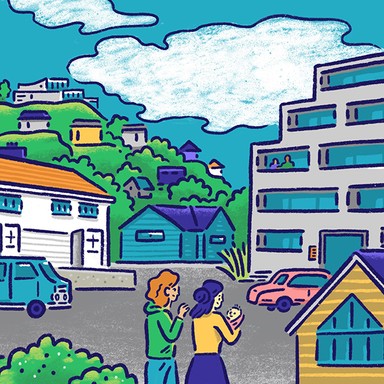
Nelson City Council

Environment and biodiversity
Protecting the environment and managing natural resources is a key responsibility of regional councils. Regional councils are often also involved in pest control and resource management.

Environment and biodiversity
Protecting the environment and managing natural resources is a key responsibility of regional councils. Regional councils are often also involved in pest control and resource management.
Support use of compost from waste collection initiatives in home and community gardens.
Work with local initiatives such as the QEII trust to protect indigenous biodiversity.
Develop strategies to encourage shops not to dump organic waste.
Transition council's under-performing clear-fell forestry in our public reserves and water catchments to permanent native forests.
Restore Tasman Bay health, extend marine protected areas, end trawling in the bay, act to reduce sedimentation and other pollutants.
Support reduction of pest plants, browsing animals and predators, to enable native flora and fauna to thrive. Control cats to reduce ferals.
Turn the city's steeper hillsides into wildlife corridors and minimise soil instability with indigenous plantings.
Partner with the Department of Conservation, Sanctuary and community trapping initiative to optimise a coordinated response.
Remove old man's beard and other climbing weeds that are strangling our established native tree canopies on our reserves.
Enable our experienced hunters back into our back country reserves for goat and pig culling where practical.
Do more to protect our coastal and marine environment, which has been overlooked.
Make enforcement and compliance as simple and effective as possible.
Support businesses in contributing more effectively to waste management.
Protecting existing native forests in our reserves.
Improve our pest control to protect our native flora and fauna.
Reducing forestry sediments in our rivers.
Transition council's commercial pine forestry into native bush, providing carbon sequestration, greater biodiversity and resilience.
Adopt a catchment-wide approach to ecological regeneration, utilising halo effects to better connect residents with our native bird life.
Increase council support for biodiversity improvements and pest management of invasive flora and fauna, and support for the Brook Sanctuary.
Enhance public education and programme on the importance of biodiversity, including making it part of curriculum in schools.
Review services, and programmes to date and public consultation on what has been working to date and not working.
Employ strict and timely enforcement if compliance not followed.
Support use of compost from waste collection initiatives in home and community gardens.
Work with local initiatives such as the QEII trust to protect indigenous biodiversity.
Develop strategies to encourage shops not to dump organic waste.
Transition council's under-performing clear-fell forestry in our public reserves and water catchments to permanent native forests.
Restore Tasman Bay health, extend marine protected areas, end trawling in the bay, act to reduce sedimentation and other pollutants.
Support reduction of pest plants, browsing animals and predators, to enable native flora and fauna to thrive. Control cats to reduce ferals.
Turn the city's steeper hillsides into wildlife corridors and minimise soil instability with indigenous plantings.
Partner with the Department of Conservation, Sanctuary and community trapping initiative to optimise a coordinated response.
Remove old man's beard and other climbing weeds that are strangling our established native tree canopies on our reserves.
Enable our experienced hunters back into our back country reserves for goat and pig culling where practical.
Do more to protect our coastal and marine environment, which has been overlooked.
Make enforcement and compliance as simple and effective as possible.
Support businesses in contributing more effectively to waste management.
Protecting existing native forests in our reserves.
Improve our pest control to protect our native flora and fauna.
Reducing forestry sediments in our rivers.
Transition council's commercial pine forestry into native bush, providing carbon sequestration, greater biodiversity and resilience.
Adopt a catchment-wide approach to ecological regeneration, utilising halo effects to better connect residents with our native bird life.
Increase council support for biodiversity improvements and pest management of invasive flora and fauna, and support for the Brook Sanctuary.
Enhance public education and programme on the importance of biodiversity, including making it part of curriculum in schools.
Review services, and programmes to date and public consultation on what has been working to date and not working.
Employ strict and timely enforcement if compliance not followed.
Mayor
Compare the mayoral candidates in your area
Local council
Compare the candidates for your city or district council
Regional council
Compare the candidates for your regional council
Local board
Compare the candidates for your local or community board








